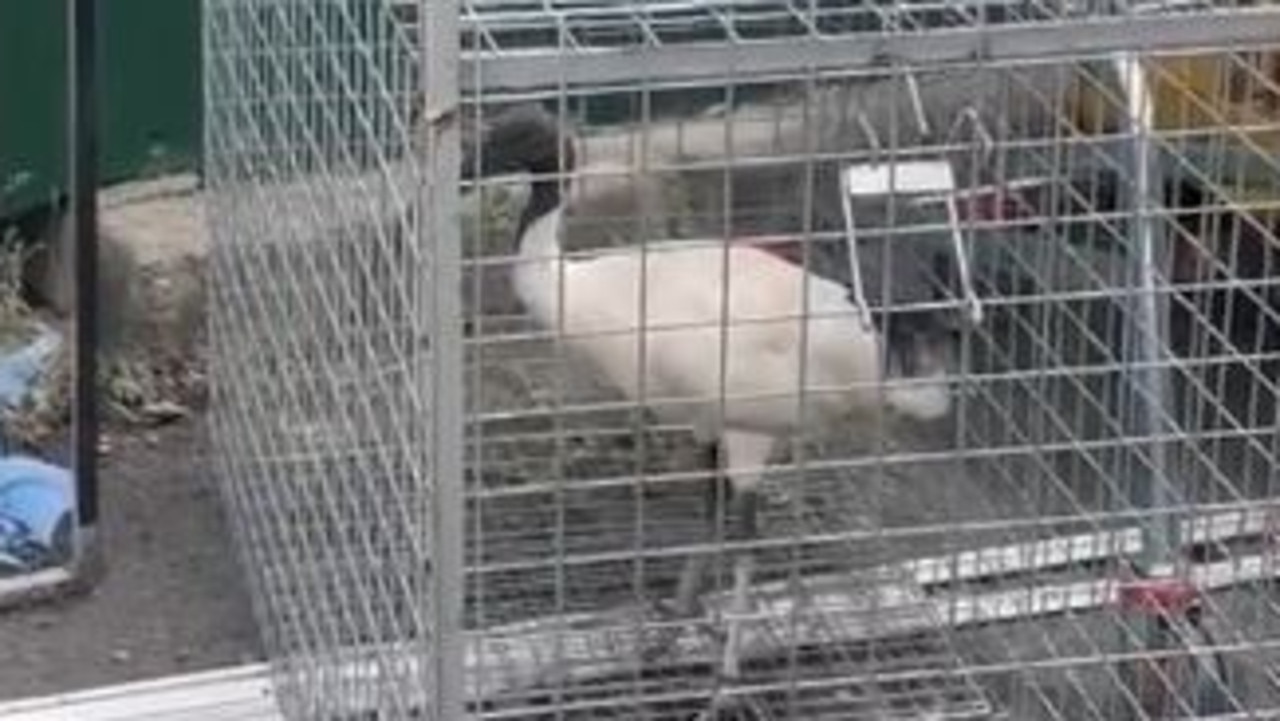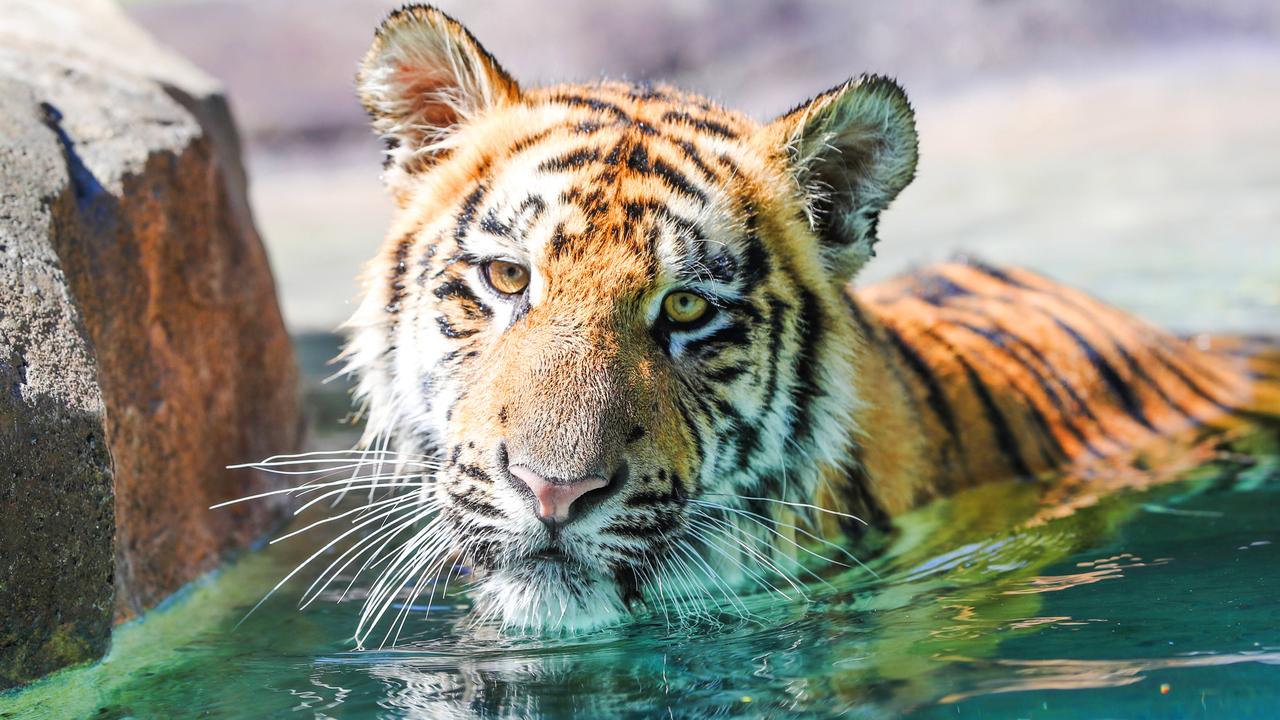Meet the man saving hares in the Gold Coast Hinterland
NO, it’s not a rabbit. And yes, they’re pretty bloody cute. Here’s why these animals make terrible pets ever and what you should do when you find one.
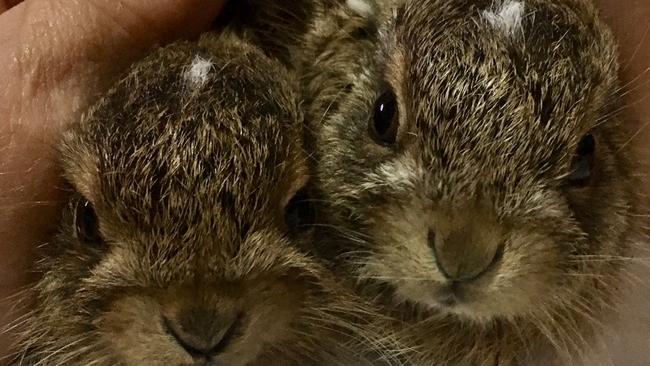
Pets & wildlife
Don't miss out on the headlines from Pets & wildlife. Followed categories will be added to My News.
HE calls them the “worst” pet ever, but a Gold Coast man has dedicated himself to rescuing and rehoming baby hares.
Despite a backlash from those who believe they should be killed, David Kingston says the hares deserve a chance at life.
MEGA PHOTO GALLERY: PETS OF THE GOLD COAST 2018
The Mt Tamborine man said he had been rescuing baby hares, called leverets, from the Gold Coast and Scenic Rim since he first found an injured leveret late last year.
The Mt Tamborine man said he fostered the fragile babies until they were old enough to be rehomed with families as pets.
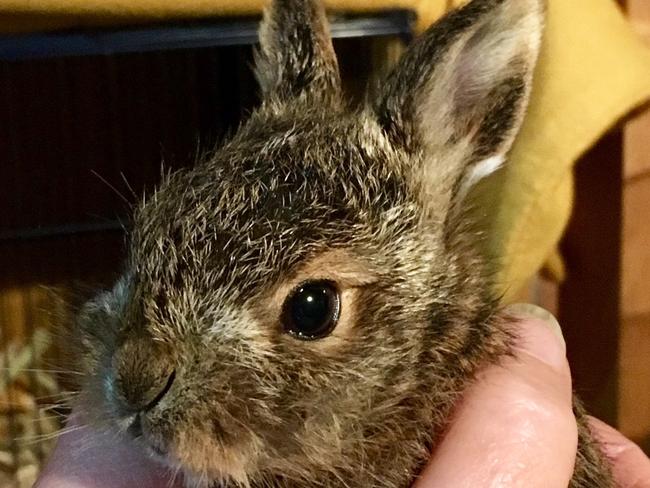
But Mr Kingston says that hares are one of the “worst” animals to keep as pets and need special homes.
“They’re not a pet,” Mr Kingston said.
“They’re like an angry cat, today they’ll let you pat them, tomorrow they won’t.
“Hares are wild animals. A dog, a cat, horses have had hundreds of years of domestication.
“Hares have hardwired instincts which don’t lend them to being a pet.”
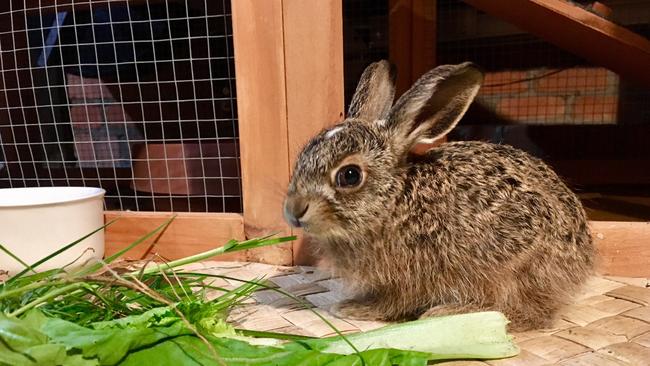
Although often confused with rabbits, hares are not considered a pest in Queensland.
However Mr Kingston said because people believed they were pests they couldn’t see the value in saving them.
“But a life’s a life,” Mr Kingston said.
Hares breed around four times a year with a maximum of four leverets, compared to rabbits which can have up to 14 kits every single month.
Hares also do not burrow, unlike rabbits, and the mortality rate for baby hares sits at 90 per cent compared to a rabbit at 10 per cent.
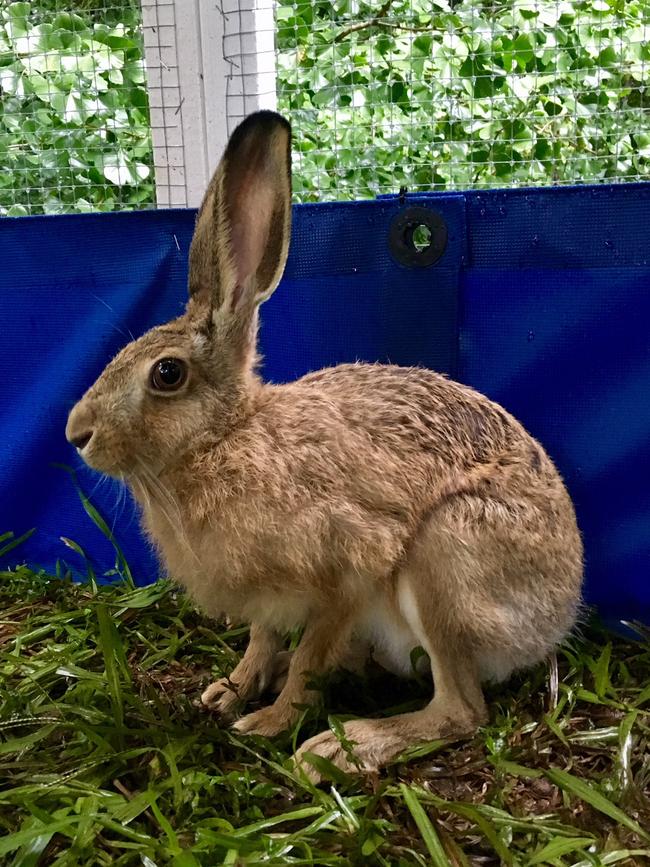
Mr Kingston said his own pet hare, Jess, could never be released because he had lost an eye as a leveret after being hit by a car.
But the 2kg hare was a welcoming sight for injured or orphaned leverets coming into care.
“When they come in, they’re pretty stressed,” he said, adding he had received more than 13 leverets in the past month.
“When we put them with him they completely relax.”
Mr Kingston said a recent female addition was particularly fierce and would growl and try to box him if he came near her.
“But she’s an angel when you’re feeding her milk,” he said.
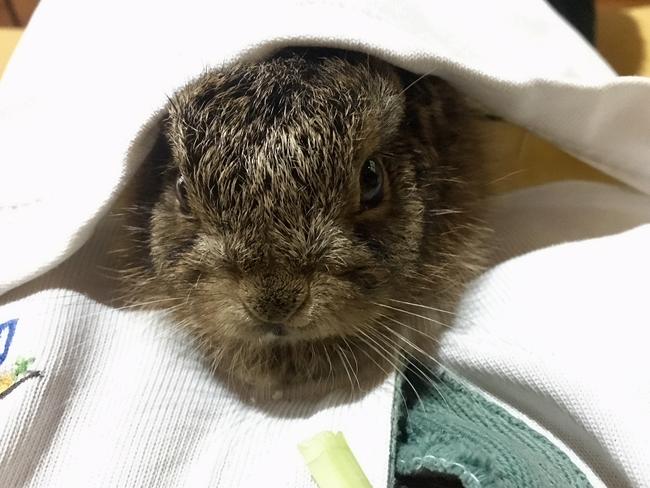
Mr Kingston said many leverets were found in the area after being hit by mowers, as baby hares tended to hulk low to the ground when scared rather than run away.
He said it was important people could tell the difference between leverets and baby rabbits because both species were often taken to the vet when found.
But because vets were unaware hares were not a pest species, they would often be euthanised.
“A leveret or a hare will always have black tips on their ears (unlike a rabbit),” he said.
“It’s the quickest, easiest way to identify them, 100 per cent.”
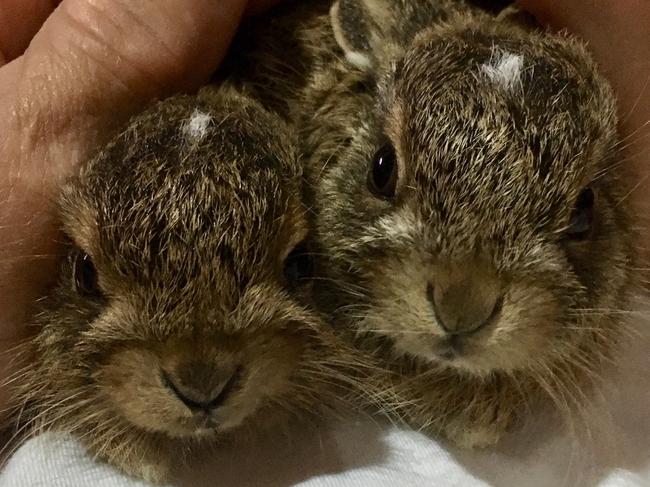
Mr Kingston said leverets should be kept safe in a dark box and immediately turned over to Wildcare or himself for proper care due to their high mortality rate.
If a baby hare does not eat for three days their stomach shuts down and they die, Mr Kingston said.
Anyone who finds a baby hare can call Wildcare on 5527 2444 or contact David Kingston through the Gold Coast Bulletin office.

